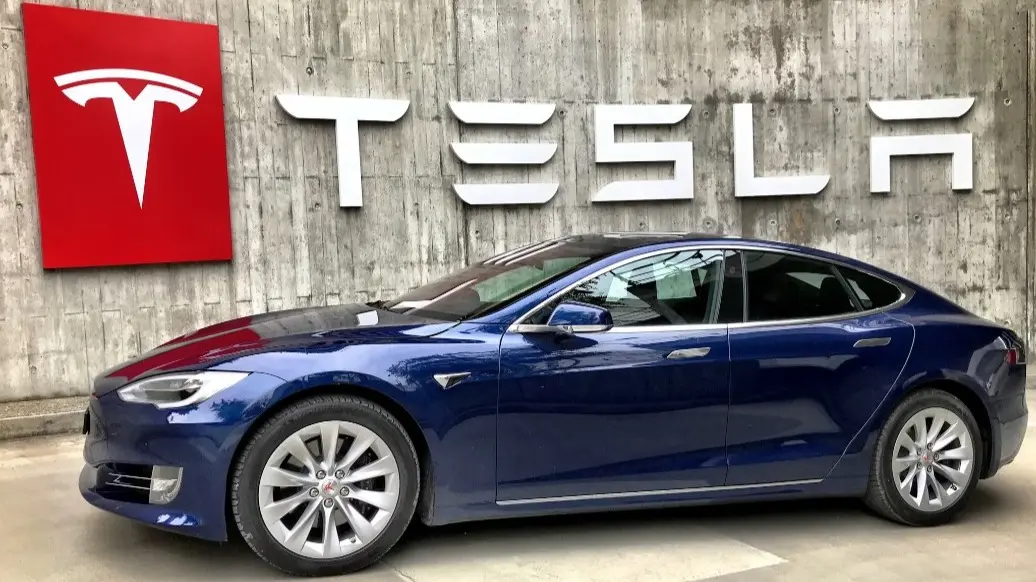Updated 1 May 2024 at 22:10 IST
Tesla shifts manufacturing strategy away from gigacasting innovation
Gigacasting, a cutting-edge technique has been a hallmark of Tesla's manufacturing process.
- Republic Business
- 2 min read

Tesla steps back from gigacasting: Tesla has made a strategic retreat from its ambitious plan to innovate gigacasting, a groundbreaking manufacturing process, according to sources familiar with the matter. This move is seen as a response to declining sales and increasing competition in the EV market.
Gigacasting, a cutting-edge technique utilising immense presses to die-cast large sections of a car’s underbody, has been a hallmark of Tesla's manufacturing prowess. Initially, Tesla aimed to streamline its production by casting the vehicle underbody in a single piece, with the long-term goal of simplifying manufacturing and reducing costs significantly.
However, Tesla has now decided to revert to its more established method of casting underbodies in three pieces.
This entails gigacasting the front and rear sections while the midsection is composed of aluminum and steel frames to accommodate batteries. This decision reflects a more cautious approach amidst challenges such as softening EV demand and fierce competition, notably from Chinese EV manufacturers like BYD.
The shift away from one-piece gigacasting marks another instance of Tesla's cost-cutting measures as it grapples with falling sales and profit margins. Furthermore, Tesla's focus has shifted towards developing self-driving technology rather than solely pursuing aggressive growth in EV sales.
Advertisement
The decision to halt the one-piece gigacasting effort occurred last autumn, predating Tesla's cancellation of the much-anticipated Model 2, an affordable car slated for release in 2025. Instead, Tesla has opted for producing more affordable models using existing platforms and production lines. While Tesla has not entirely abandoned its small-vehicle platform, it intends to repurpose it for the development of a self-driving robotaxi. Suppliers involved are adapting Tesla's three-piece casting process for this next-generation vehicle.
The rationale behind Tesla's retreat from one-piece gigacasting lies in avoiding costly delays and manufacturing challenges, particularly in light of the abandoned Model 2 project. Gigacasting, although promising in reducing long-term costs, requires substantial upfront investments and is challenging to perfect.
Advertisement
Industry experts view Tesla's shift towards a more conservative approach in gigacasting as a pragmatic decision given its historical struggles in launching complex vehicles on time. Moreover, the company's priority now lies in competing with Chinese EV makers dominating the low-cost EV segment, rather than pioneering innovative manufacturing techniques. In conclusion, while gigacasting was initially hailed as a manufacturing breakthrough, Tesla's strategic pivot underscores the complexities and trade-offs involved in implementing such innovations amidst an evolving automotive landscape.
(With Reuters inputs)
Published By : Saqib Malik
Published On: 1 May 2024 at 22:10 IST
